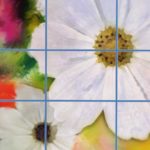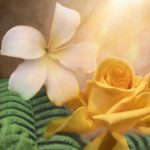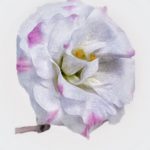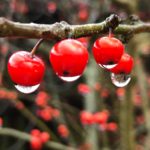Composition: the Key to Great Pictures.

Rule of Thirds
In any photography class the first thing you learn is the importance of good composition. Good composition turns an average picture into a great picture. One of the first things you learn about composing great pictures is the Rule of Thirds. The Rule of Thirds involves dividing your picture into thirds and instead of aligning your primary subject in the center offset it so it is captured in a third of the frame. Most cameras and smart phone have a grid system you can activate to help compose your shots using the Rule of Thirds. Center your main subject at the intersection of the grid lines and trip the shutter. It doesn’t have to fit perfectly along the gridlines, but it should be close. In my photography class, I told my students that we humans are kind of quirky; we are visually attracted to things slightly off-centered, thus the Rule of Thirds. It is an important concept to learn and master and is used in all genres of photography. Think of the Rule of Thirds as a guideline instead of a law set in stone. There will be many times when you won’t apply the rule but understand that it is a great starting point in composing your pictures. Often it will produce more interesting photos than not.

Plumeria and Rose
Many times, we single out a flower to shoot, and there is nothing wrong with that if our intent is to isolate the flower; however, don’t forget other techniques as well. Shooting through other flowers or composing a picture so that there are two subjects in the picture can create some interesting and unique flower shots. Creating a juxtaposition of different varieties of flowers can make an interesting and memorable photo.

Background Example
Another technique is to use a similarly colored background. This can soften the feel of the picture. Go to any craft store, and you can buy different colored poster paper that can be used as a backdrop for your flower photos. Many still life photographers use this technique to eliminate distractions, create a specific mood in the shot or to diffuse the light around the primary subject.
In composing your photos, look to see how you can simplify the process. Consider the part of the flower that attracted you to it in the first place and concentrate on that. Think about symmetry. Many flowers have a natural symmetry; create your composition around that characteristic. People are drawn to symmetry; we see it in nature, and we see it in man-made objects. Don’t look for symmetry in all your photos, that will get boring. Have a clear point of focus. Not having a main focal point in your photo will result in not having a strong visual interest to the viewer. You can ensure a strong focal point by having the primary subject in sharp focus and other objects in the shot blurred. You can also emphasize your subject by making sure all the other elements in the picture support the main subject instead of competing for attention. A final tip is to try tilting the camera. Look for diagonals in nature or by tilting the camera, you can create diagonal compositions, to establish a sense of movement and present a less static picture to the viewer.

Blur the background
There is a lot more to composing pictures. If you want to become a good photographer, you should spend some time learning and practicing the elements of good photography. It will be well worth the time spent.
Grab your cameras and begin composing those great shots.
To see previous articles in the series Photographing Flowers, check the MCMGA Blog archives beginning with August, 2019.
In September look for information on the MCMGA Plant Sale.
Written by Cliff Blackerby, August, 2019.